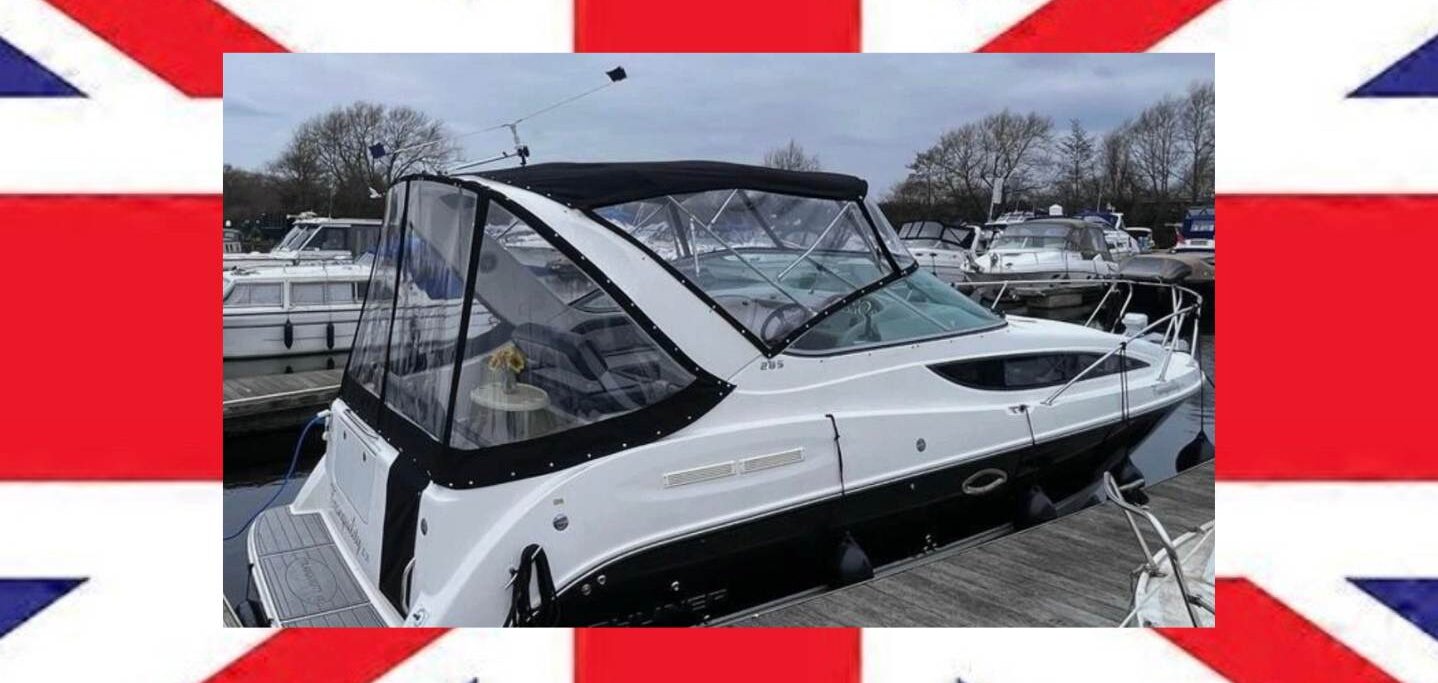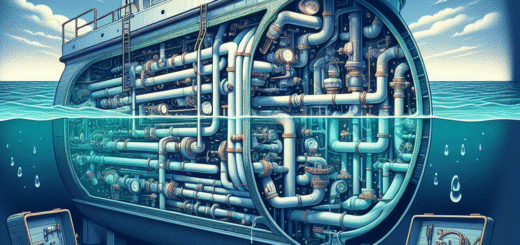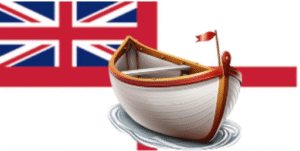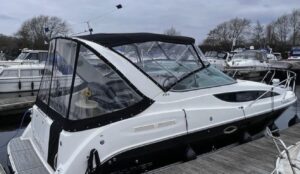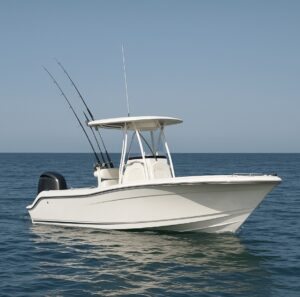Boat Winterisation in the UK: Preparing for the Cold Season
Boat Winterisation in the UK: Preparing for the Cold Season
As the vibrant hues of autumn begin to fade, boat owners across the UK face an essential task: winterising their vessels. While the idea of packing away your boat for the colder months might not be as thrilling as setting sail on a sunny day, it is crucial to ensure the longevity and performance of your beloved watercraft. This comprehensive guide will walk you through the steps to prepare your boat for winter in the UK, ensuring it’s ready for smooth sailing come spring.
Understanding the Importance of Winterisation
Winter in the UK can be harsh, with freezing temperatures, high winds, and heavy rainfall posing significant risks to boats. Without proper preparation, you could face a range of issues, from engine damage to mould growth inside the cabin. Winterisation is not just about protecting your investment; it’s about ensuring safety and avoiding costly repairs when the boating season resumes.

Preparing Your Engine
The engine is the heart of your boat, and it requires special attention before the onset of winter. Begin by flushing the engine with fresh water to remove any salt or debris, which can cause corrosion. Next, add a fuel stabilizer to your fuel tank to prevent the fuel from degrading over the months. It’s also a good idea to change the oil and oil filter to remove any contaminants that could corrode engine parts.
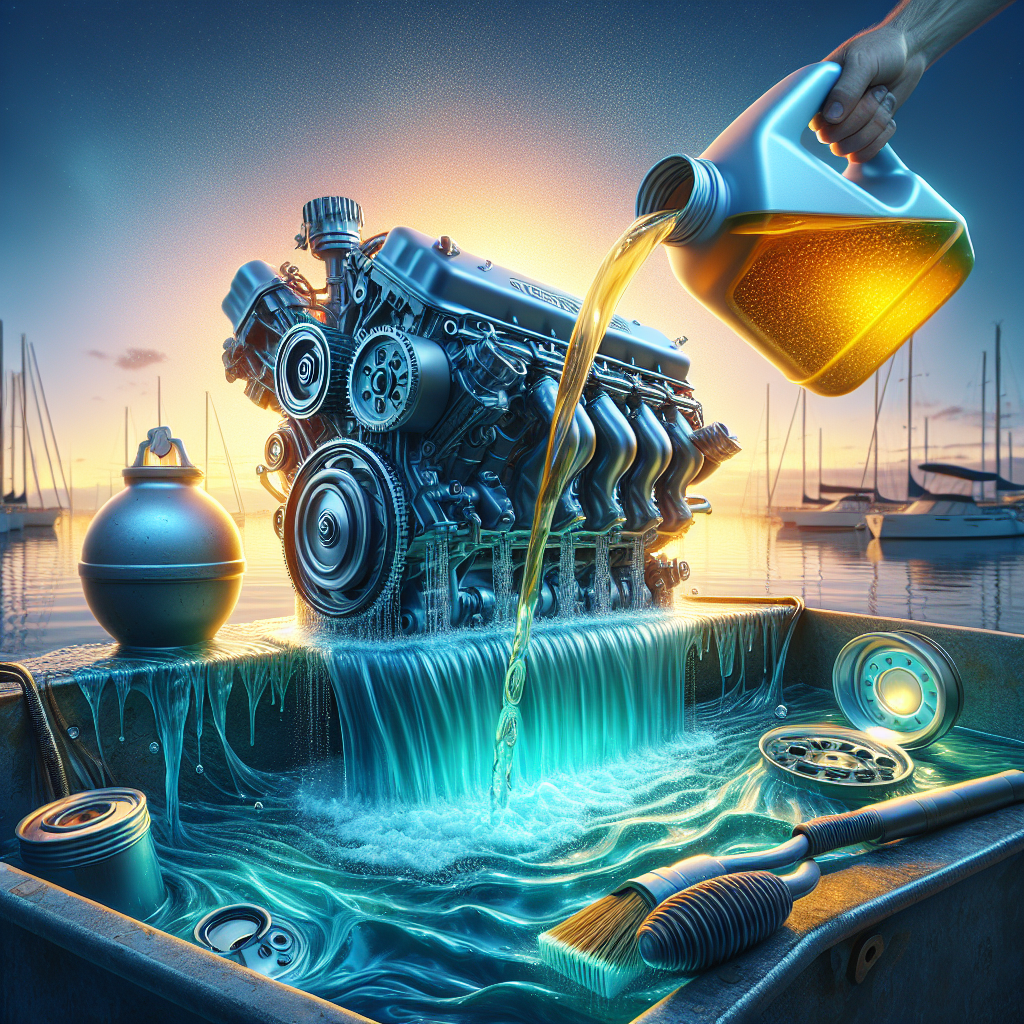
Don’t forget to check the antifreeze levels in the cooling system. It’s crucial to ensure that the antifreeze is of the correct concentration to protect against freezing temperatures. Lastly, consider fogging the engine with a fogging oil spray to protect the internal components from rust and corrosion.
Protecting the Hull and Deck
The hull and deck are constantly exposed to the elements, so they need thorough care before winter sets in. Start by giving your boat a good wash, removing any dirt, grime, or salt residue. This initial cleaning will prevent surface damage and make it easier to spot any cracks or chips that need attention.
Once cleaned, apply a protective wax to the hull to shield it from moisture and UV damage. Inspect the deck fittings, railings, and other hardware to ensure they are secure and not showing signs of wear. Replacing worn-out fittings now can save you trouble down the line.
Securing the Interior
The interior of your boat is just as vulnerable to winter conditions as the exterior. Begin by removing any perishables and valuables from the cabin. This includes food, electronics, and personal items. A thorough cleaning of the interior will help prevent mould and mildew growth, which can be exacerbated by damp conditions.
Ensure that all cushions, mattresses, and soft furnishings are dry before storing them. Consider using moisture absorbers or dehumidifiers to maintain a dry environment inside the cabin. Finally, make sure all windows and hatches are securely closed and sealed to keep out the elements.
Covering Your Boat
A high-quality boat cover is an essential investment for winter protection. Choose a cover that fits well and is made from durable, weather-resistant material. The cover should be securely fastened to prevent it from being blown away by strong winds. A custom-fit cover is ideal, as it provides the best protection against water ingress and debris.
If your boat is stored outdoors, consider using supports to prevent water from pooling on the cover. This simple precaution can prevent damage to both the cover and the boat itself.
Choosing the Right Storage Option
Where you store your boat over the winter can make a significant difference in its condition come spring. Indoor storage is the best option, as it offers the most protection from the elements. If indoor storage is not feasible, outdoor storage with a reliable cover can suffice.
For those with limited space at home, consider renting a spot at a local marina or boatyard. These facilities often offer additional services like winterisation packages, which can be convenient if you’re short on time or expertise.
Checking Safety Equipment
While winterising your boat, take the opportunity to inspect and maintain all safety equipment. This includes life jackets, fire extinguishers, flares, and first-aid kits. Ensure that everything is in good condition and up-to-date. This proactive approach will give you peace of mind when it’s time to hit the water again.
Conclusion: Ensuring a Smooth Start Next Season
Taking the time to properly winterise your boat is an investment in its future. By following these steps, you can protect your vessel from the harsh UK winter and ensure it’s ready for action when the warmer months roll around. Remember, a well-maintained boat not only performs better but also retains its value over time. So, as you tuck your boat away for the winter, rest easy knowing you’ve taken the necessary steps to safeguard it. When spring arrives, you’ll be more than ready to set sail on new adventures, confident in the knowledge that your boat is in prime condition.
Get The Spares You Need
Add CTA sections description.
